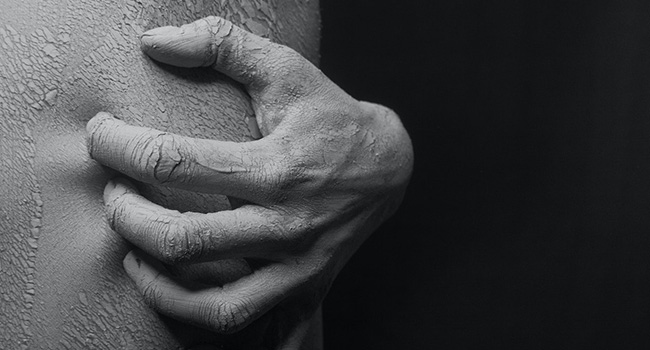
Chronic kidney disease-associated pruritus, commonly known as CKD-associated itching, is a distressing symptom experienced by many individuals with kidney dysfunction. Pruritus refers to intense and persistent skin itching, affecting a patient's quality of life.
The exact cause of CKD-associated pruritus is not fully understood, but it is thought to result from the buildup of toxins in the bloodstream due to impaired kidney function. Treatments aim to alleviate symptoms, including topical creams, antihistamines, and dialysis adjustments. However, more research is needed to develop effective therapies. Proper management of CKD-associated pruritus is crucial to improve well-being and daily functioning.
Clinical Trial
Nalfurafine has shown promise in relieving itching in CKD-aP patients resistant to conventional treatments. To assess its effectiveness and safety, a bridging study was conducted. The phase III
trial involved 141 patients with refractory CKD-aP, divided randomly into three groups: one received 5 μg of nalfurafine, another received 2.5 μg of nalfurafine, and the third group was given a placebo. The study lasted 14 days and was double-blind, meaning neither the participants nor the researchers knew which group received which treatment. The primary endpoint was to measure the decrease in itching using the visual analog scale (VAS) from the baseline.
Results
The mean VAS decrease in the 5 μg nalfurafine group was 11.37 mm, significantly different from the placebo group (p = .041). However, the mean VAS decrease in the 2.5 μg nalfurafine group, although more significant than the placebo group, did not reach statistical significance. Nevertheless, both nalfurafine groups demonstrated a reduction in itching greater than the predefined criterion of at least 50% efficacy. Similar results were obtained when analyzing the data using the per-protocol set (PPS).
Safety
Regarding safety, adverse drug reactions (ADRs) were reported in 49.1% of the 5 μg nalfurafine group, 38.6% of the 2.5 μg group, and 33.3% of the placebo group. Insomnia was the most common ADR observed, affecting 21 of the 114 patients receiving nalfurafine.
Conclusion
Oral nalfurafine effectively reduced itching in hemodialysis patients with refractory pruritus, and the incidence of significant ADRs was relatively low. These findings suggest that nalfurafine could be a viable treatment option for CKD-aP patients. However, further research and more extensive clinical trials may be necessary to establish its long-term efficacy and safety profile.
__________

